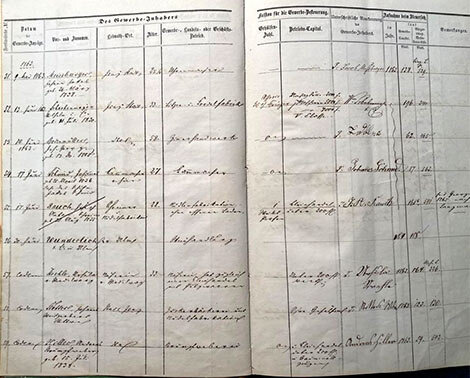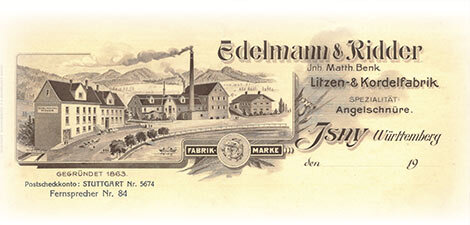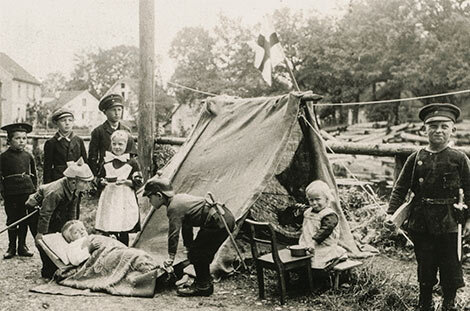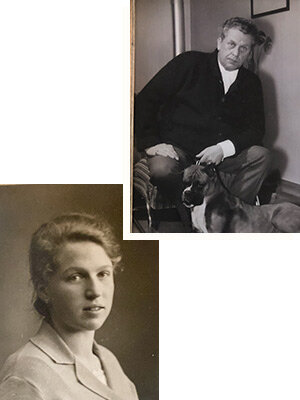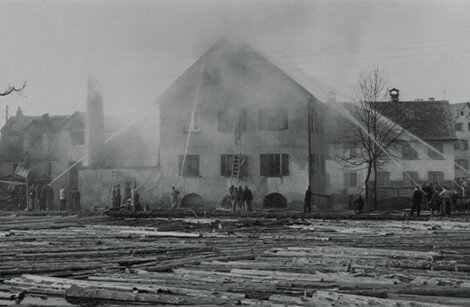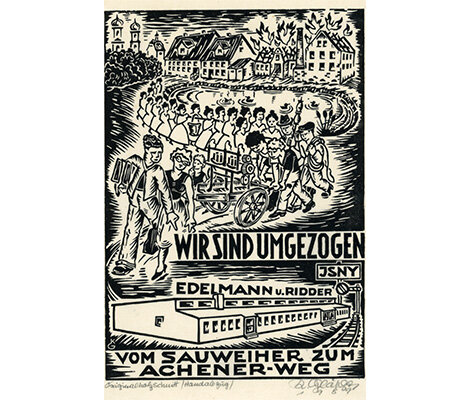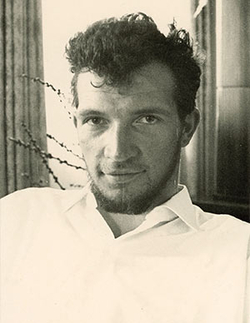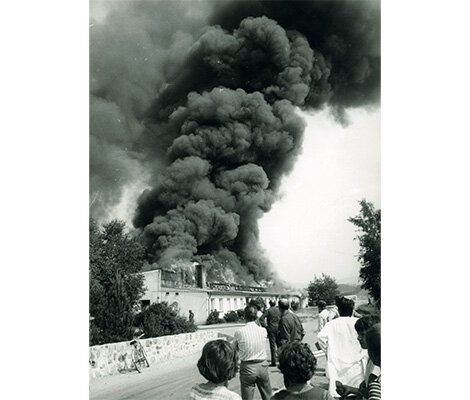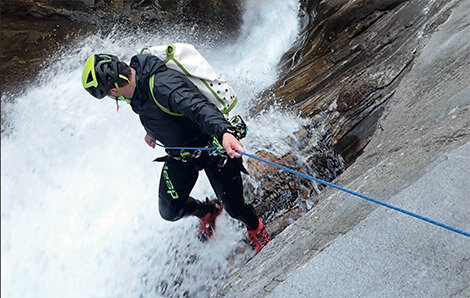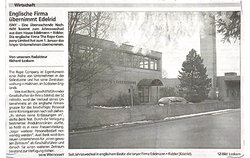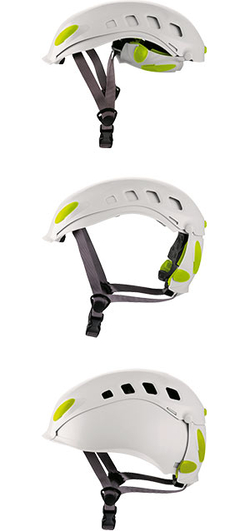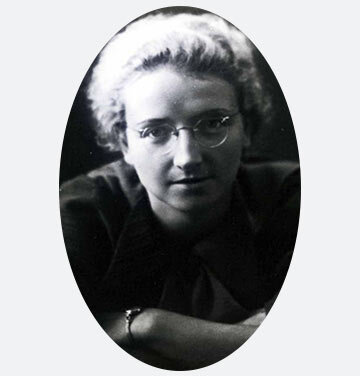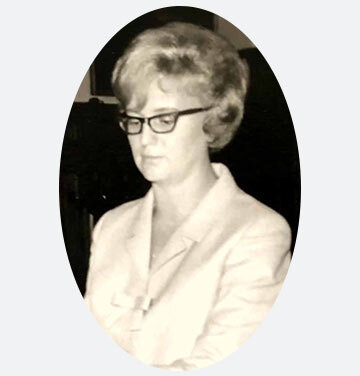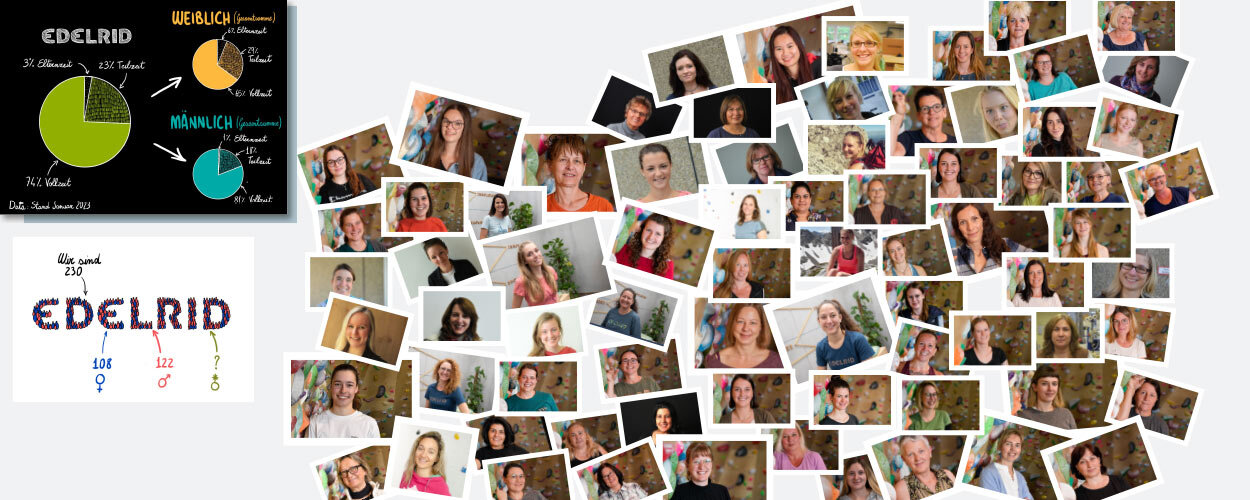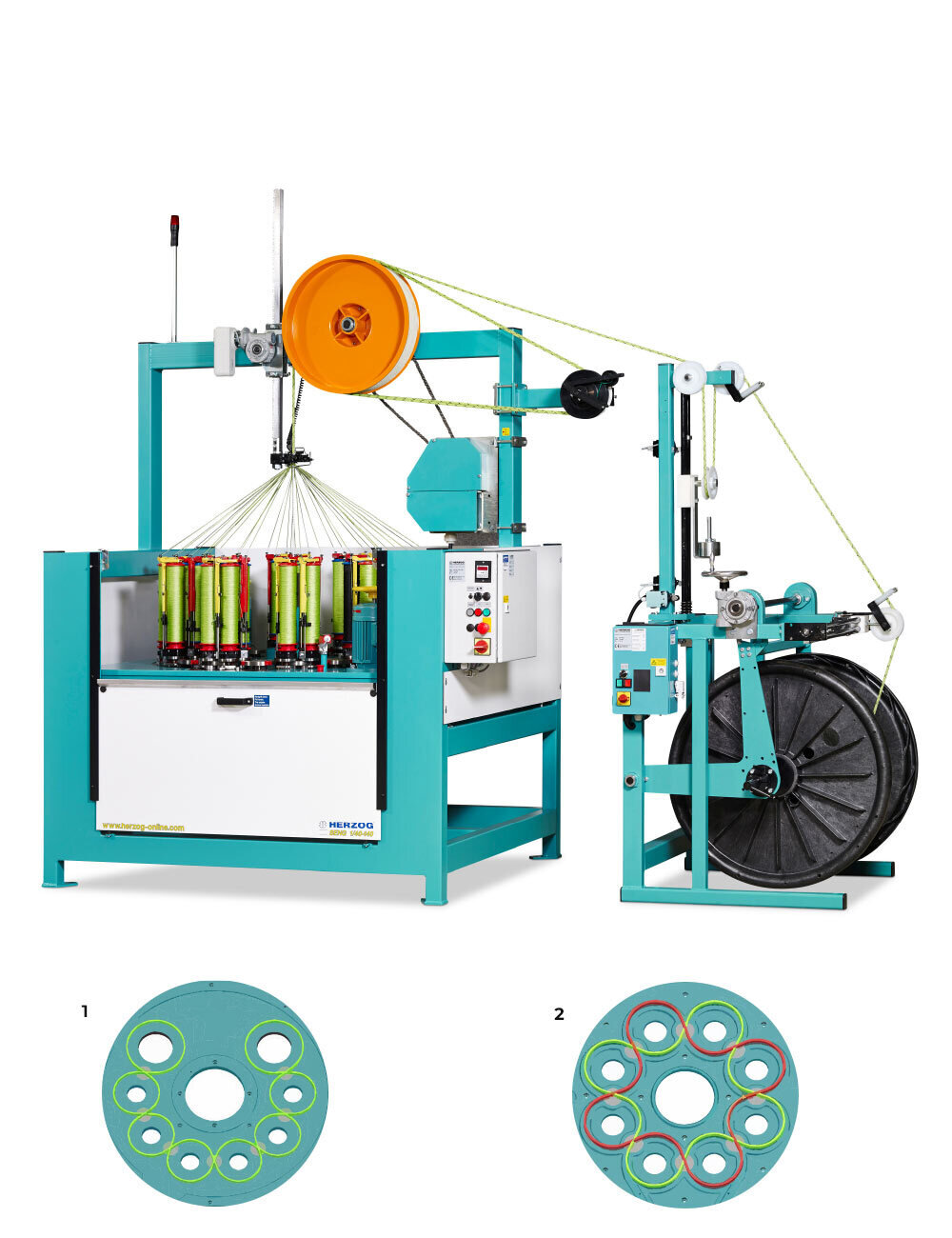160 years of EDELRID –
Climbing history made in Germany
We have manufactured climbing ropes and mountaineering equipment in Isny im Allgäu for 160 years. This has meant 160 years of ups and downs, successes and disasters. We wanted to find out more about our history so delved into the archives, interviewed witnesses from through the years, and conducted research both within and beyond Germany. Discover all about the former cord and braid factory from 1863 and how EDELRID has developed over the many years. All of the findings will be exhibited in the city museum in Isny until July 16, 2023.

